Most products sold by RANDYS Worldwide Automotive, Inc. are warrantied by their original manufacturer. Warranties vary between manufacturers. For warranty information on a specific product, please contact the manufacturer directly.
For specific information regarding Yukon Gear and USA Standard Gear warranties please visit the pages below.
Yukon Gear Warranty
USA Standard Warranty
For products assembled by us, RWA warrants the original retail purchaser that these products will be free from defects in material and workmanship for one (1) year for parts and ninety (90) days for labor following the date of sale. RWA makes no other warranty of any kind, express or implied. All other warranties, including but not limited to an implied warranty of merchantability or fitness for a particular purpose, are excluded. This warranty is offered provided that the RWA product has been installed and maintained in accordance with RWA instructions, and that it has not been subject to modification, accident, abnormal use (including off-road or competition use, or the use of tires greater than the maximum size approved by RWA), or misuse.
Upon notification of a warranty claim, RWA shall investigate the claim of defect, and, in the event of a verified defect, shall, at their sole choice, either repair the defective product or replace it.
This warranty does not cover, and RWA shall not be liable for, incidental or consequential damages, including loss of time, road service charges, labor charges, inconvenience, loss of vehicle use, loss of revenues, or loss or damage to personal property (including loss or damage to vehicle parts due to the failure of the RWA product). In addition, this warranty does not cover, and RWA shall not be liable for, any undertaking, representation, or agreements made by dealers or other third parties selling RWA products, except where such agreements are within the provisions of this warranty statement. Also, this warranty does not cover damage to the product caused by or facilitated by failure of a non-RWA component.
This agreement offers you specific legal rights. You may also have other rights which vary from state to state.
International Warranty Overview (PDF)
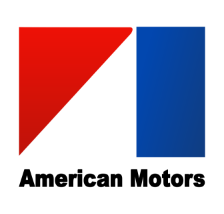 AMC
AMC
 Chrysler
Chrysler
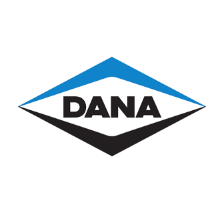 Dana
Dana
 Ford
Ford
 GM
GM
 Isuzu
Isuzu
 Nissan
Nissan
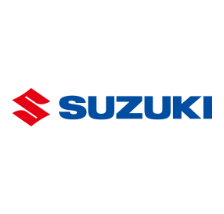 Suzuki
Suzuki
 Toyota
Toyota
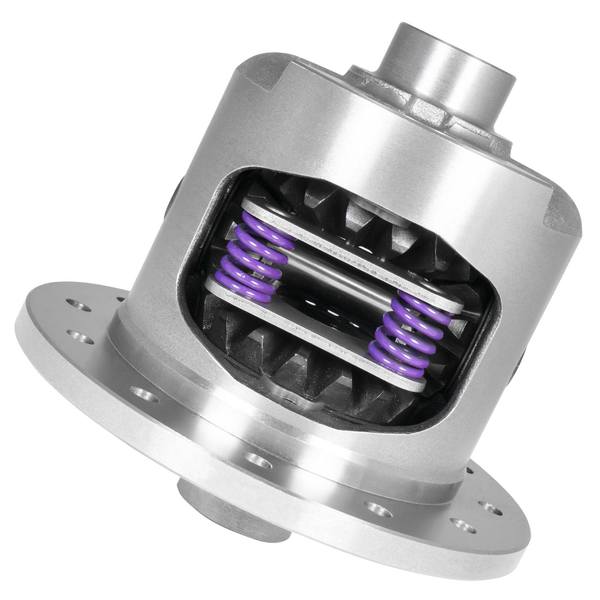
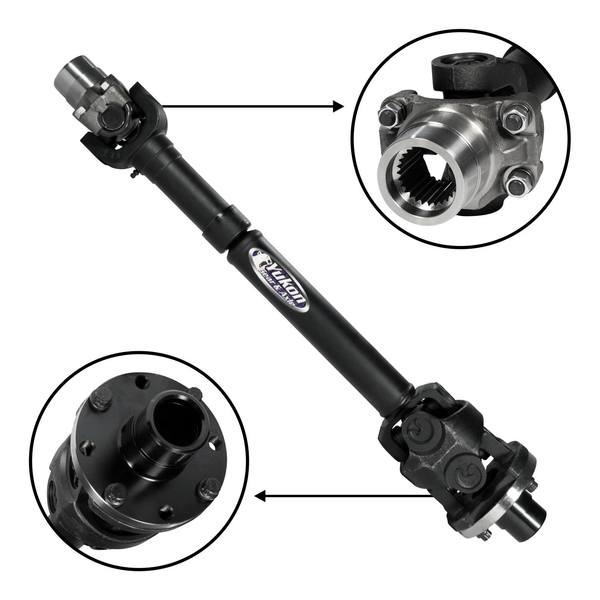
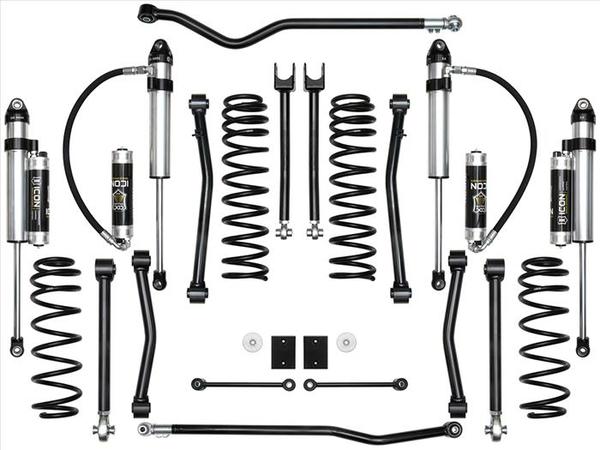
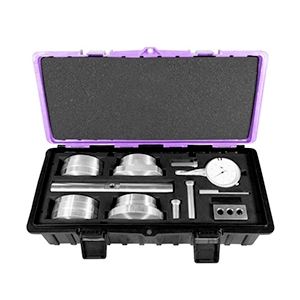
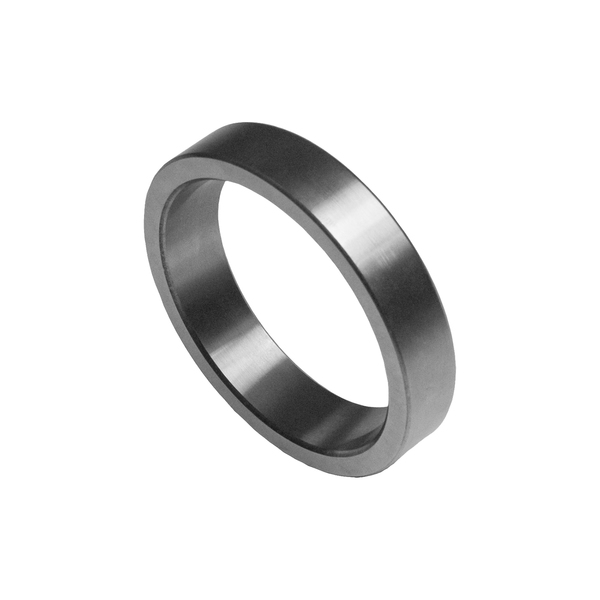
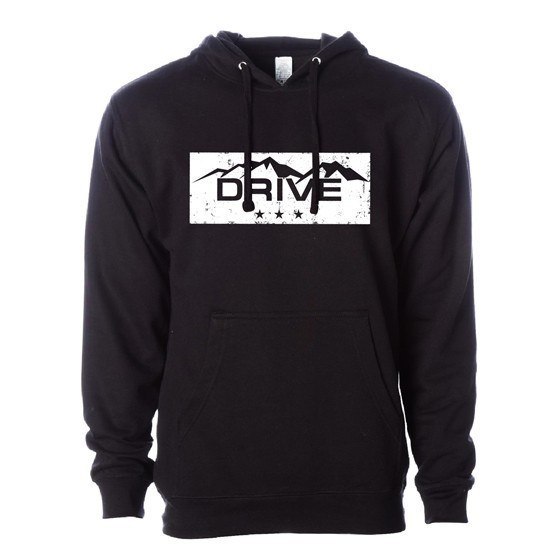
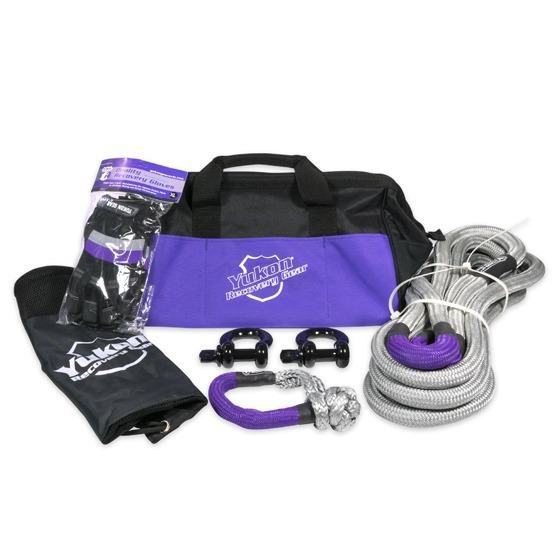
.jpg)